In this case, the work "Strength" refers to the maximum amount of force you can apply. As opposed to Hypertrophy training, where we are looking for high volume of training, during a Strength phase we want to lift the heaviest weight possible. The terms can get somewhat confusing since the word "strength" is used so frequently and interchangeably with other terms. In this case, think of the word "Strength" as meaning "Force", and our goal is to lift the maximum amount of weight possible.
Read MoreDifferent types of strength goals are going to require different types of training and a different implementation of repetitions and set schemes. Below I break down the different types of strength goals and how to train for them....
Types of Strength and Resistance Training
1. Hypertrophy
Hypertrophy is a fancy way of saying building muscle. When you are new to training, no matter what kind of strength training program you start you will gain muscle. However, certain intensities and rep ranges will yield max muscle growth in the shortest amount of time.
Read MoreA lot of programs out there are over complicated and complex. The truth is, you don't need a revolutionary program to get strong, fast and fit. Instead, progress takes consistency, commitment and effort. Today we talk about the basics surrounding strength training, the different types of strength training, and how you can use fundamentals to reach your fitness goals.
What is Strength and Resistance Training?
- Strength is defined as the body's (and the muscles') ability to generate force.1
- Resistance Training is generally referred to as the method to develop this strength and the different types of muscle strength (i.e. strength, power and muscular endurance).1
Strength training is often performed using training implements such as free-weights, machines or external forces, but you can perform many variations of strength training using only body weight...
Read MoreThis week we have been breaking down the energy systems, how they work and how to train them. If you want to learn about the energy systems in general, the ATP-PCr system or the Anaerobic system follow the links.
Today we are talking about the Aerobic system. This is the most complex of the 3 systems and is how the body uses Oxygen to generate energy via a process called 'cellular respiration', which occurs in an organelle called the mitochondria. The mitochondria is commonly referred to as the "power house" of the cell because it is within the mitochondria that most ATP is produced.
Read MoreToday we are going to continue our discussion of the energy systems and how to train them. In the last post I discussed the ATP-PCr system, and in this post we will look at the Anaerobic (aka the Glycolytic) system.
Like the ATP-PCr system, the anaerobic is meant for high intensity exercise. The anaerobic system is able to maintain a high output of energy for longer than the ATP-PCr, however...
Read MoreMost individuals you see in the gym are there because they have been told it is good for them. They're told they need to get 150 minutes moderate intensity physical activity per week, which they usually do by slogging away on the treadmill, elliptical or stationary bike. But are they really better off? Are they actually getting fitter?
Our bodies, in their infinite sophistication, employ 3 primary energy systems which are the ATP-PCr, Anaerobic-Glycolytic and the Aerobic/Oxidative system
We will start by discussing how energy in the muscle is used.
Read MoreHere are my 3 favorite exercises to help prepare you for the Vault. While these exercises will definitely help you, the vault still requires a general level of athleticism. Keep practices and you will get both faster and more efficient.
The vault requires both upper body and lower body strength, and the ability to coordinate them.
Read More








